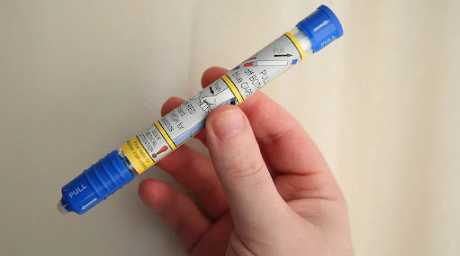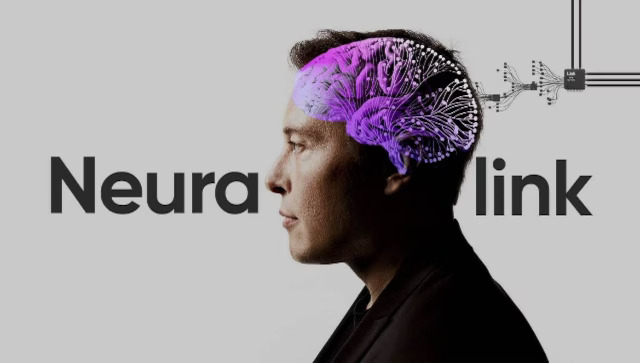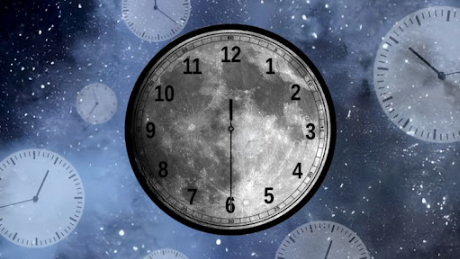How pre-teen students helped NASA realize EpiPens don’t work in space

Image: Leonard Zhukovsky/Shutterstock
The students have become the teacher. Kids enrolled in an elementary school in Ottawa, Canada, recently schooled NASA scientists, after discovering that cosmic radiation in space causes epinephrine, the active ingredient in EpiPens, to turn potentially lethal instead of life-saving.
This experimental project was undertaken as part of NASA’s Cubes in Space program, which allows school-aged children from around the world to design and test experiments that are later carried onboard real-life space missions.
🌌 Background: Cosmic radiation is a term used to describe the extremely high-energy particles that are constantly being released by all stars, including our Sun. The Earth’s atmosphere mostly protects its surface from harmful cosmic radiation, but objects in outer space are fully exposed to the damaging rays.
The Canadian students’ experiment involved sending samples of pure epinephrine – as well as the slightly different solution from an EpiPen (which are used to combat severe allergic reactions) – to space and back, with a goal of studying how the substances are impacted by unfiltered cosmic radiation.
🧪 The results: After scientists at the University of Ottawa analyzed the returned samples, they found the epinephrine came back only 87% pure. The remaining 13% had turned into benzoic acid derivatives that are extremely poisonous to humans😳.
- And the EpiPen solutions didn’t fare much better – the epinephrine that was previously present had decomposed entirely while in outer space, rendering the devices useless.
👀 Looking ahead… The 9- to -12-year-old Canadian students are now working on a special packaging for EpiPens that would shield them from harmful cosmic radiation in space. They’ll present their findings to NASA this June.
Share this!
Recent Science & Emerging Tech stories

Science & Emerging Tech
| March 3, 2023US regulators rejected Neuralink’s bid to test brain chips in humans
🚫🧠 The FDA denied the Elon Musk-led Neuralink’s request to progress to human trials in early 2022, according to a Reuters report published yesterday. News of the denial had not previously been reported.

Science & Emerging Tech
| March 1, 2023Should the Moon have its own time zone?
🕰🌕 On Monday, the European Space Agency said space organizations around the world are currently brainstorming the best possible way to keep time on the Moon.

Science & Emerging Tech
| February 23, 2023Diabetes drug, or weight-loss medication?
💊 In recent years, the number of Americans using diabetes drugs like Ozempic and Mounjaro has grown in the same way that a frog moves – by leaps and bounds. But that’s not due to a sudden increase in diabetes cases....
You've made it this far...
Let's make our relationship official, no 💍 or elaborate proposal required. Learn and stay entertained, for free.👇
All of our news is 100% free and you can unsubscribe anytime; the quiz takes ~10 seconds to complete